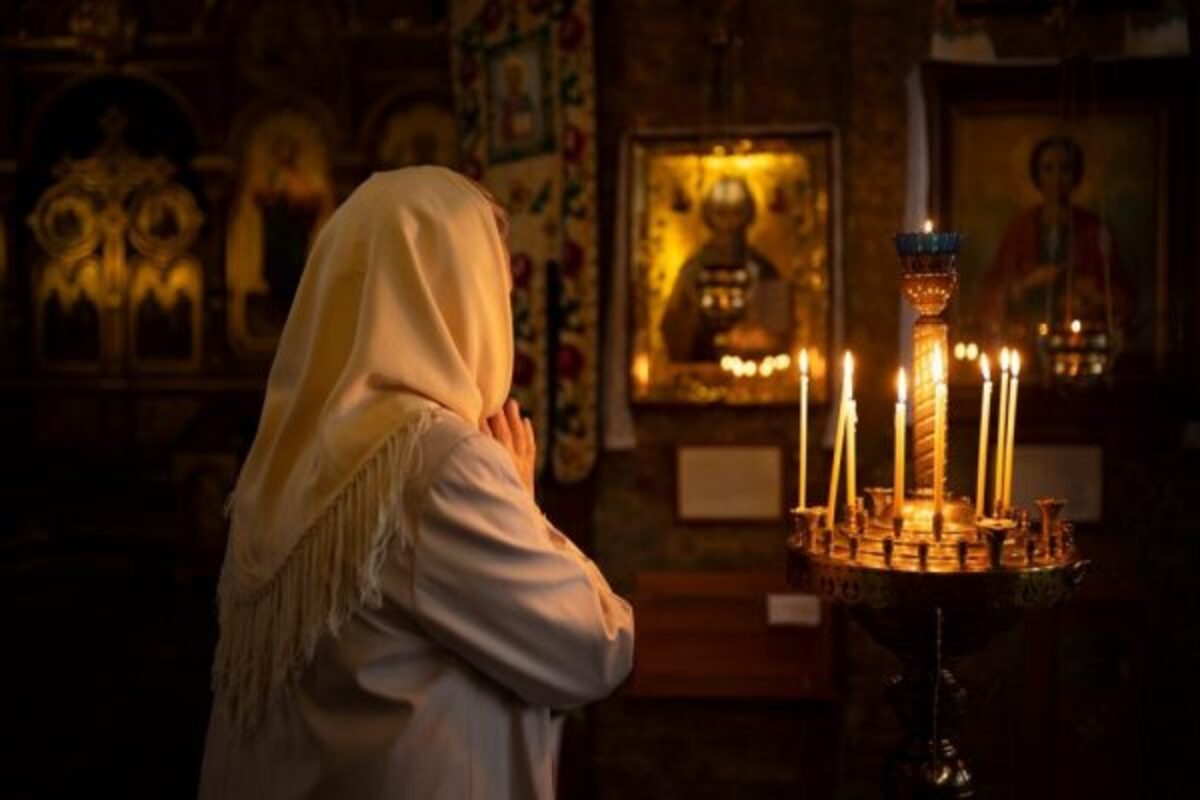Orthodoxy is one of the oldest and most profound branches of Christianity, which has preserved its spiritual and cultural identity over the centuries. It originated in the early centuries of the Common Era and became a foundation of religious life in many countries across Europe and Asia. The Orthodox tradition is known for its rich liturgy, Byzantine heritage, and deep mysticism, attracting millions of believers. The following interesting facts about Orthodoxy reveal many facets of this faith in a new light.
- Orthodoxy officially took shape after the Great Schism of 1054, when the Eastern and Western Churches separated due to theological, cultural, and political differences. From that time on, the Eastern tradition became known as Orthodox Christianity.
- The Greek word “orthodoxia” means “correct worship” or “true belief”. It reflects the Church’s commitment to preserving the apostolic faith in its original purity.
- The Orthodox liturgy is one of the oldest in the world and has remained largely unchanged since the Byzantine era. It combines symbolism, chanting, incense, and iconography to create a sacred and contemplative atmosphere.
- Icons play a central role in Orthodoxy and are regarded as windows into the spiritual world. They are not worshipped as deities but venerated as images of saints through which the faithful communicate with God.
- Baptism in the Orthodox tradition is performed by triple full immersion in water. This act symbolizes dying to sin and being reborn into a new life in Christ.
- The Orthodox Church does not have a single central authority like the Pope in Catholicism. Instead, it consists of autocephalous (self-governing) churches that are equal in dignity and cooperate with one another.
- The most well-known Orthodox patriarchates are Constantinople, Alexandria, Antioch, and Jerusalem. Each of them traces its roots back to apostolic times.
- Orthodox worship is conducted in a variety of languages, including Church Slavonic, Greek, Romanian, Georgian, Arabic, and others. This reflects the national diversity within the universal faith.
- Great Lent in Orthodoxy lasts 48 days and includes strict abstinence not only from certain foods but also from excessive behavior, focusing instead on prayer and spiritual reflection. It is a time of preparation for Easter, the most important feast in the Orthodox calendar.
- Easter is considered the central celebration of the Orthodox liturgical year and holds even greater significance than Christmas. It symbolizes the victory of life over death and the hope of eternal salvation.
- Orthodox feast days are calculated using the Julian calendar, which is 13 days behind the Gregorian calendar. As a result, many Orthodox holidays are celebrated later than in Western Christianity.
- A unique tradition in Orthodoxy is the midnight Easter service, which begins with a procession carrying icons and candles. This ceremony symbolizes spiritual awakening and the light of Christ’s Resurrection.
- Orthodoxy recognizes seven sacraments: baptism, chrismation, Eucharist, confession, marriage, ordination, and anointing of the sick. Each sacrament has deep spiritual meaning and is considered a channel of divine grace.
- Monasticism holds a special place in Orthodoxy, and Mount Athos in Greece is one of its most important monastic centers. Ancient monasteries on Mount Athos still follow strict ascetic rules to this day.
- The clothing of Orthodox clergy is rich in symbolism and rooted in tradition. For example, the mitre represents a crown of glory, while the epitrachelion signifies the grace of the priesthood.
- Confession is highly valued in Orthodoxy as a path to spiritual cleansing and reconciliation with God. It is typically conducted privately in the presence of a priest.
- The feast day of a patron saint or a church’s name day holds special importance. On such days, solemn liturgies, processions, and communal prayers are held.
- Special attention in Orthodoxy is given to the Church Fathers, such as Basil the Great, Gregory the Theologian, and John Chrysostom. Their writings are canonically important and continue to influence theology.
- In Orthodox church architecture, domes symbolize heaven and the crosses on them represent the victory of Christ. In some countries, the number of domes carries symbolic meaning, such as five representing Christ and the four Evangelists.
- Although Orthodoxy is often associated with Eastern Europe, it is also widespread in the United States, Canada, Australia, Kenya, Korea, and Japan. Orthodox communities exist on nearly every continent.
These incredible facts about Orthodoxy reveal the depth and richness of a faith that has endured through the ages. It has shaped the spirituality of entire nations and influenced art, philosophy, and social life. You may not have known, but Orthodoxy has become a source of profound spiritual experience for millions of people. Its living tradition continues to inspire believers in the 21st century.





